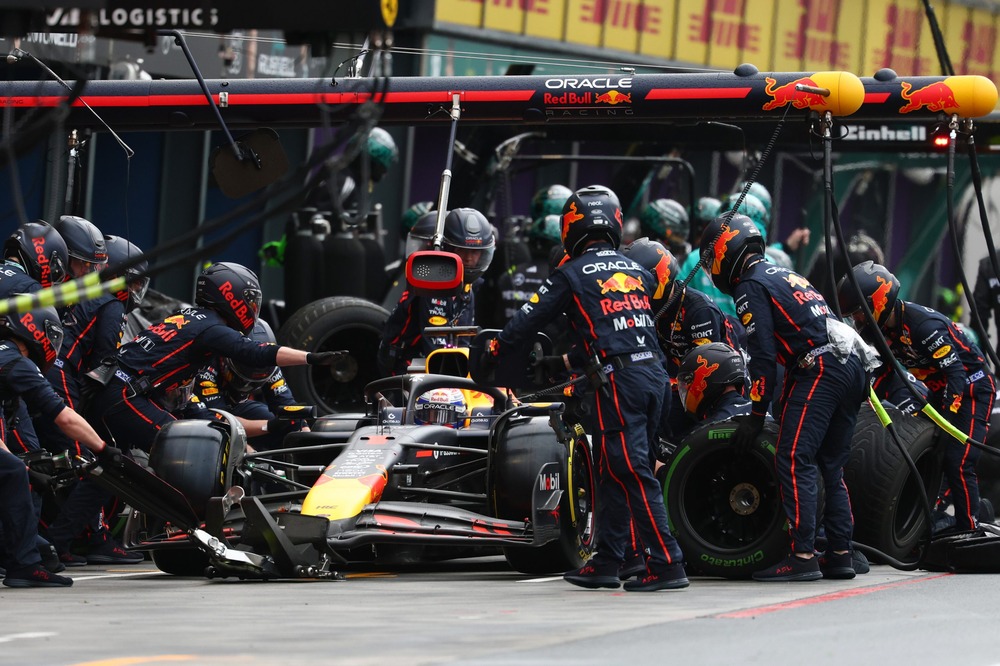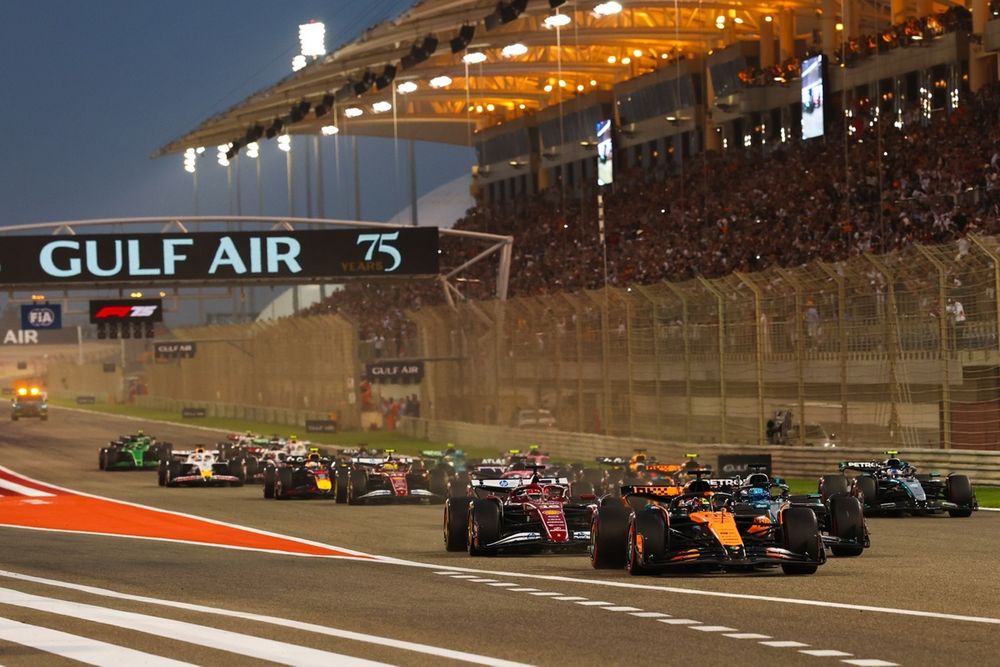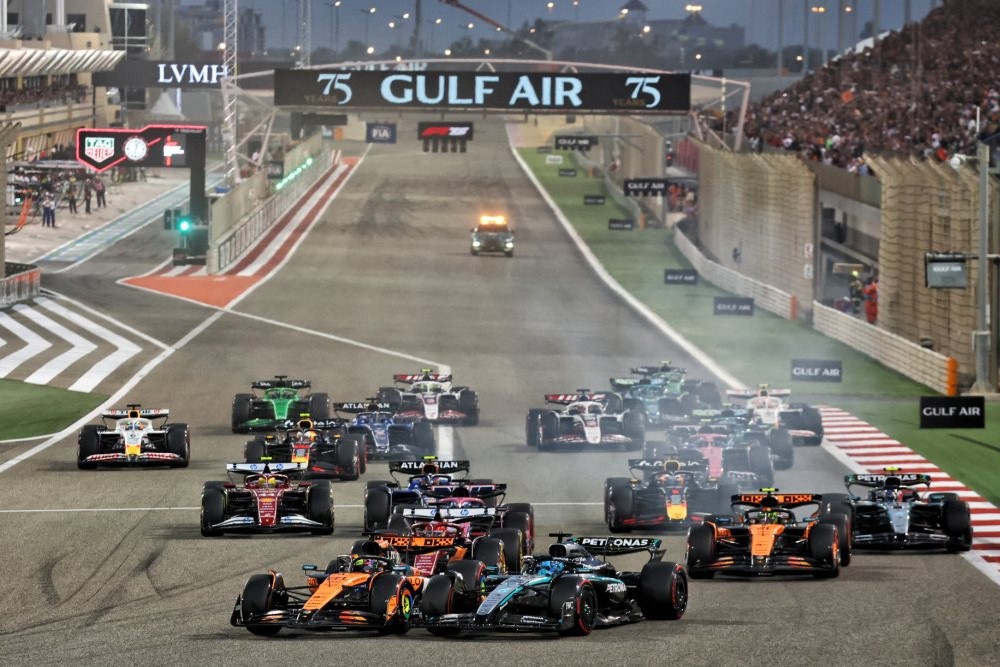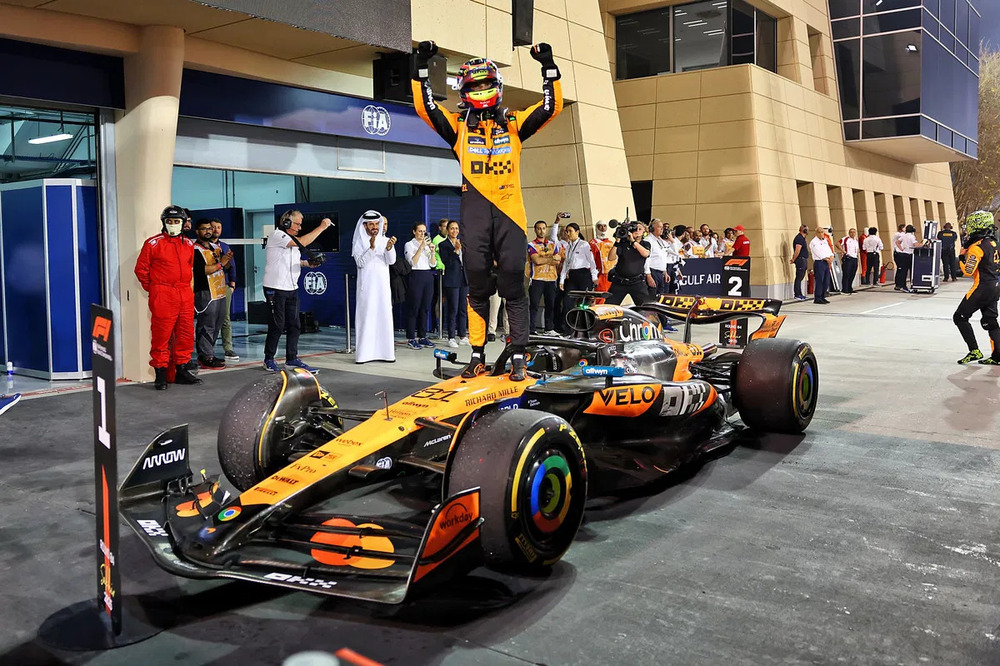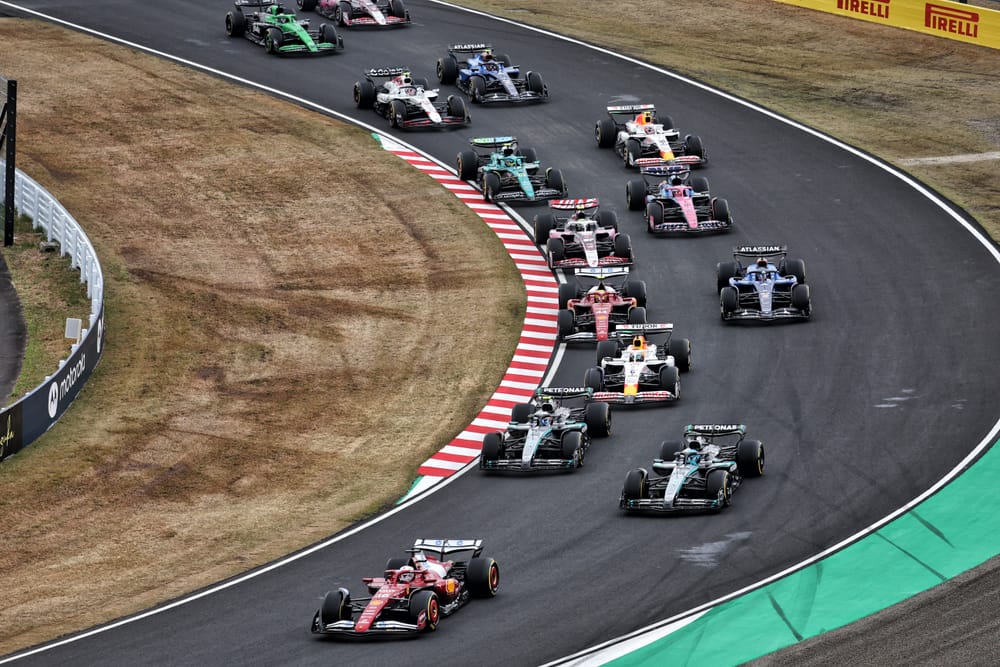Red Bull’s slow pitstops marked the highlight of an uncharacteristically challenging 2025 Bahrain Grand Prix race weekend for the team and Christian Horner has revealed the cause of the rare issue.
The reigning Formula 1 Constructors’ Champions, known for their precision and efficiency, were left grappling with a series of vulnerabilities within the team’s operations that cost them valuable time and positions on the grid.
Both Max Verstappen and Yuki Tsunoda faced the brunt of Red Bull’s slow pitstops as “everything went wrong that could go wrong” with the team also suffering a combination of brake problems, overheating tyres and balance issues at the Bahrain Grand Prix.
The first pitstop drama unfolded for Verstappen on lap 11 when he entered the pits to switch from soft to hard compound tires.
What should have been a routine stop turned into a frustrating delay as the red light on the pit gantry failed to change to green, leaving the Dutch driver stationary for over four seconds despite the pit lane being clear of traffic.
The reigning four-time F1 world champion rejoined the race in 17th position, far below his expectations.
Moments later, Tsunoda encountered a similar issue during his first stop with flashing yellow and red lights causing confusion and delay. The Japanese driver expressed his frustration over team radio, underscoring the impact of the malfunction on his race performance.
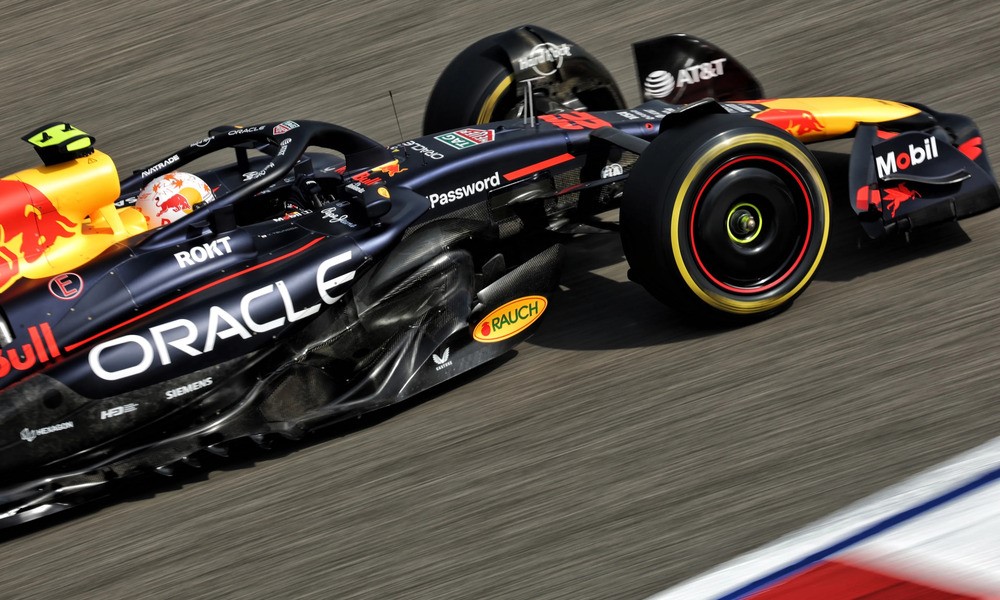
Red Bull’s slow pitstops persisted during Verstappen’s second stop on lap 26 where he endured an even longer delay of 6.2 seconds due to a sticky right-front wheel.
This compounded his difficulties as Red Bull struggled with other car-related issues throughout the weekend. Despite these setbacks Verstappen managed to salvage sixth place, aided by a mid-race Safety Car that neutralized some of the time lost in the pits.
Christian Horner shed light on Red Bull’s slow pitstop operations after the race. According to the team boss, a wiring loom issue within the pit gantry caused malfunctions in the traffic light system that signals drivers when it is safe to exit their pit boxes.
Initially, the team suspected human error—a technician failing to press the release button firmly enough—but when the problem recurred during Tsunoda’s stop shortly after Verstappen’s, they realized it was a deeper technical fault.
The team resorted to manual overrides for subsequent stops, with chief mechanics taking control of releasing cars from their pit boxes.
“Max came in the first stop and the light didn’t [do anything],“ Horner said. “Of course, it’s a very simple system and we expected it [might be] that maybe the button hadn’t been pressed hard enough by one of the technicians.
“The next pitstop was within one minute, and then it happened again. So at that point we went into a manual override on the system and the chief mechanics released the car.”
READ MORE F1:
Verstappen claims Red Bull struggles ‘hard to fix’ after dismal start to 2025 season
F1 Championship Standings 2025 after Bahrain Grand Prix
Bahrain Grand Prix 2025: Oscar Piastri claims dominant win for McLaren
Horner described the wiring issue as unprecedented and assured fans that Red Bull would conduct a thorough investigation into the equipment failure and implement corrective measures before the upcoming Saudi Arabian Grand Prix.
He added: “I’ve just heard that there was some kind of wiring or electrical issue with the gantry. It’s one I certainly haven’t seen before.
“The drivers live by those traffic lights and the actual stops were pretty good; one of them was a two-second stop. But then the driver’s waiting for the lights and then obviously it didn’t go out.
“Everything’s gone into quarantine and we’ll have a good look at it.”
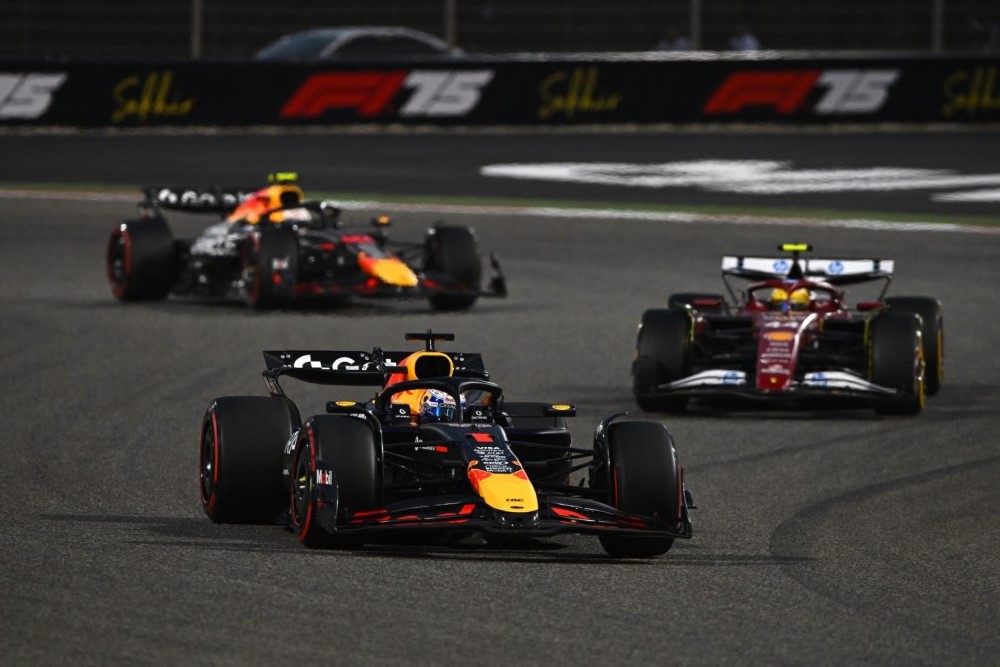
The pitstop troubles were only part of Red Bull’s woes in Bahrain. Verstappen and Tsunoda both struggled with braking issues and balance problems throughout the weekend.
Verstappen repeatedly flagged brake performance concerns over team radio, citing overheating tires as a major contributor to frequent lock-ups under braking. These issues were exacerbated by Sakhir’s abrasive track surface and bumpy layout which placed additional strain on Red Bull’s RB21 chassis.
The Dutchman expressed disappointment with his car’s pace and handling during post-race interviews, describing Bahrain Grand Prix as “a weekend where everything went wrong.” He noted that tire management and balance were particularly problematic this year compared to last season.
Despite starting seventh on the grid, Verstappen could only gain one position during the race—a stark contrast to his dominant victory at Suzuka just one week prior.
Tsunoda fared slightly better in terms of results, finishing ninth and scoring his first points for Red Bull since joining as Verstappen’s teammate.
However, both drivers’ performances highlighted underlying weaknesses in the RB21 that need urgent attention if they are to remain competitive against rivals like McLaren and Mercedes.

